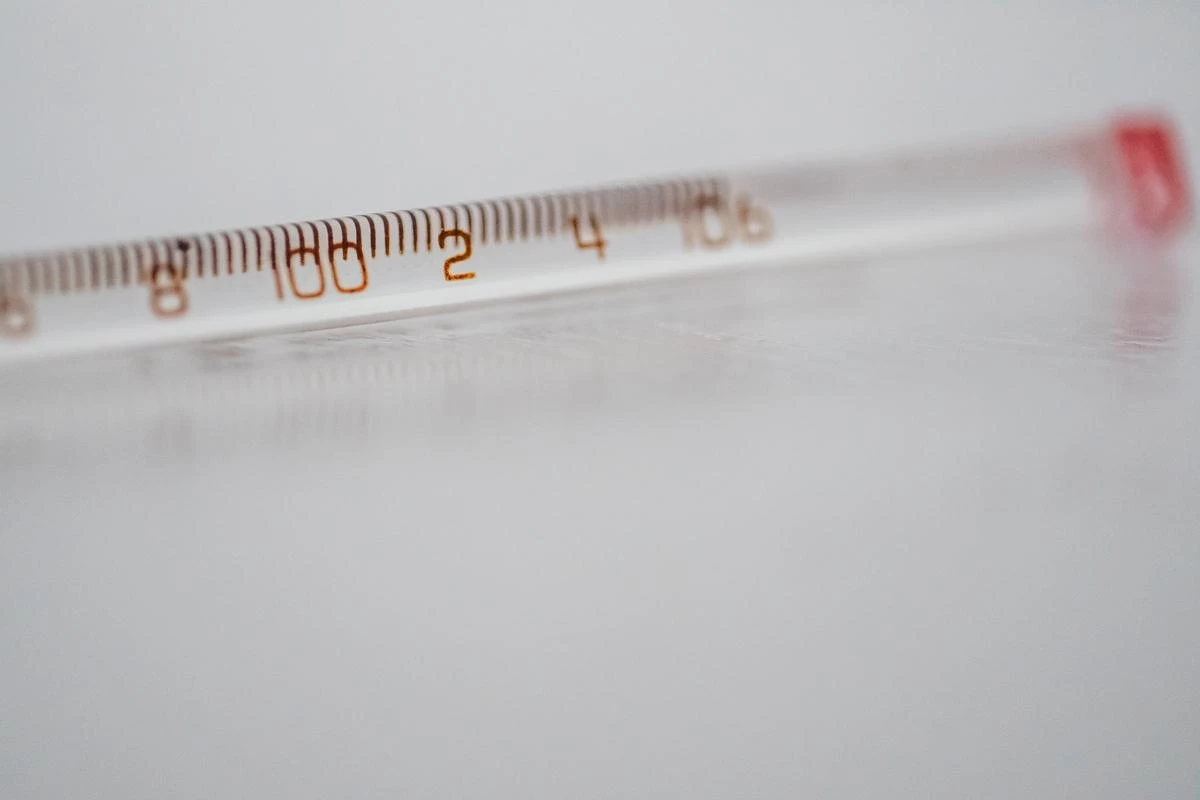104 Fahrenheit To Celsius
Swimming in the ocean is one of the most relaxing and refreshing things you can do. Unfortunately, sometimes swimmers get dragged out to really big waves that are too powerful for their own safety. Why are these waves so dangerous? The answer has to do with the temperature of the water. When the water is at a temperature below 104 degrees Fahrenheit, it becomes much more turbulent and chaotic. This makes waves much larger and more dangerous to swim in. If you’re planning on swimming in really big waves, make sure the water is at least at 104 degrees Fahrenheit!
What is the temperature difference between 104 degrees Fahrenheit and 38 degrees Celsius?
The temperature difference between 104 degrees Fahrenheit and 38 degrees Celsius is about 9 degrees. This means that hot waves will have a harder time form at 104 degrees than they would at 38 degrees.
See More: The Tex9.Net Computer Chip Is Designed
Why is 104 degrees Fahrenheit the perfect temperature for really hot waves?
104 Fahrenheit To Celsiusis the perfect temperature for really hot waves. This is because 104 degrees Fahrenheit is the temperature at which water reaches its most vaporized state. When water vaporizes, it becomes a gas and can move much more easily through the air. This means that when waves form and clash, they are able to travel further and faster than they would at a cooler temperature. In other words, 104 degrees Fahrenheit creates the best conditions for really hot waves.
What to do if you want to surf at 104 degrees Fahrenheit
If you want to surf at 104 Fahrenheit To Celsius , you need to adjust the temperature on your surfboard. You can do this by heating up the rail of your surfboard or using a hot pack.
What Causes Waves?
There are a few things that cause waves. One is the wind. When the wind blows, it creates waves in the atmosphere. These waves move along the ground and through the water. The other cause of waves is earthquakes. When an earthquake happens, it sends vibrations through the ground and up through the earth’s surface. These vibrations createwaves in water, air, and soil.
The Temperature Requirements for Waves
104 Fahrenheit To Celsius When waves form in the ocean, they require a certain temperature to stay active. The warmer the water is, the more energy waves have and the larger they can become. However, not all waves are created equal; some need warmer water than others to thrive. In this article, we’ll be talking about two types of waves: thermal and sound.
Thermal Waves: Thermal waves are created by differences in temperature between two bodies of water. They’re involved in short-period (under a minute) fluctuations in sea level that come from changes in salinity or temperature. Thermal waves propagate through warm water much faster than sound waves and can travel hundreds of miles before dissipating.
Sound Waves: Sound waves are responsible for our sense of hearing and travel through air at around 343 m/s (1,000 mph). They’re also what you hear when someone right next to you whispers! Because sound travels through air so easily, it’s usually the first type of wave that gets knocked down by wind turbulence.
How Hot Does It Have to Be to Get Waves?
There’s no one answer to this question since it depends on a variety of factors, including the temperature of the water and the climate where you’re surfing. But generally speaking, waves become serious contenders for going big only when they reach temperatures around 95 degrees Fahrenheit (35 degrees Celsius). Anything hotter and the water will start to break too early, while below 80 degrees Fahrenheit (27 degrees Celsius) waves are just too cold for surfers to catch any decent sized waves.
Conclusion
When it comes to surfing, timing is everything. If you’re lucky enough to live near a spot that produces really hot waves, you’ll want to make sure the water temperatures are around 104 Fahrenheit when you go out surfing. Anything lower and the waves will be too chilled for your comfort level — anything higher and and the heat will simply be too much. If you’re not familiar with what temperature corresponds to which wave size, take a look at our handy surf temperature guide before hitting the beach this summer. See More

